
Salty Sam’s Fun Blog for Children
Number 284
Lichens
Hello Everyone

When you go for a walk in the countryside this time of year, there is always plenty to see. But even in winter there is always some sort of nature to find – in the town as well as in the countryside.
Some things are so small you have to have very keen eyes to spot them.
One thing that is always growing, even in the depths of winter, is lichen. And they are to be found everywhere.
What are lichens? This word is pronounced like-ens.
The people who study them are called lichenologists.
They are actually two organisms (called a fungus and an alga) working as a single unit and they become something that looks like a tiny plant.
Lichens are very simple plants.
They are very widespread.
Lichens actually cover about 6% of the world’s surface and can grow in the most inhospitable environments where other wildlife finds it hard to survive at all.
They can be found high up on mountains and in arctic regions. A lot of animals like reindeer that live in cold climates eat lichens as part of their everyday diet.
Lichens can be found on rocks on the seashore and on houses too. Some of them aren’t attached to anything and roll about freely when they are blown by the wind.
They are easy to spot on old stones in places like graveyards where the tombstones have been standing for quite some time. They can be seen on the stones at Stonehenge. They can also be spotted on old trees where there aren’t so many leaves any more and the light can easily get through to the branches allowing lichens to colonise the bark.
They can be found somewhere in almost all gardens.
You might wonder how they can survive living on bare rock or even concrete where there is no soil to give them food. But they are actually able to get their food from sunlight and also the air around them. They are watered by rain which soaks them in no time because they are often so small. They are also able to obtain minerals from rain water. Because of this way of living they are very successful organisms.
New lichens are made by little parts breaking off and growing in a different place or by spreading spores – a bit like mushrooms and ferns do.
There are approximately 30,000 types in the world and about 2,000 in Britain.
Some look like crusts or have lobes on them like little ears, but some look like jelly that swells up when it is wet. They can look like cups on stalks or even long tufts of hair. Some of them are really long and shaggy.
They are lots of different colours. Some can be a grey-green some can be bright ochre-yellow. Some can be brown or black or white or even bright red.
Some people say that if you have them growing on your walls or roof tiles that it is a sign of clean air, because in some areas some lichens have been wiped out by pollution and acid rain – which is true.
But it is also true that these organisms can grow in quite polluted air because they have adapted to cope with these new environments.
You will find different types of lichens in different environments.
The types you see depend on the type of air they are growing in. They are actually sensitive indicators of anything that might be going on with changes in the quality of the air. Bright yellow lichens, for example, very often show there are high levels of nitrogen in the air.
They are very useful to have in your garden. They don’t harm your garden. lf you see them growing on a sickly looking plant, they did not cause the problem, they arrived after the problem occurred.
They benefit the environment because they add to biodiversity.
They create their own little miniature habitat with a community of tiny creepy crawlies living in them. You will see birds pecking at them in the winter trying to get at this food.
And then in the spring, birds will use them for nesting materials.
Throughout history, lichens have been used to make dyes but now they are being investigated to see what wonderful, new medicines they can make.
lf you want to encourage them to grow on the stone benches or plant pots in your garden, a lot of people say that painting natural yoghurt onto the stone can make them grow more quickly. Lichens definitely give extra character to garden ornaments if you like an old and weathered look!
They, nevertheless, often grow quite slowly – some of the small ones only 1mm per year and some of the bigger ones only 1cm a year. This may not seem very impressive, but on the other hand colonies of lichens can keep growing for thousands of years. This fact has helped scientists date ancient structures and habitats by measuring the size of the lichens.
So here are some facts about these tiny micro-worlds.
See how many lichens you can spot when you are next out and about – once you start looking, you might be surprised at how many you will be able to find!
Bye bye everyone – don’t forget to subscribe to my blog!
Love and kisses
Salty Sam

www.christina-sinclair.com


Bill and Bob’s Joke of the Week![]()
![]()
Bill: Have you seen the book l was reading Bob? lt is called Exploring the World by Wanda A Bout.
Bob: No Bill. l have only seen this book here called The Ancient World by Gerry Atric.

Salty Sam © Christina Sinclair 2015
Unauthorized use and/or duplication of material from this blog without express and written permission from this blog’s author and owner is strictly prohibited.
Links may be used to www.christina-sinclair.com

Picture Gallery
 On a tombstone
On a tombstone
 On a tombstone
On a tombstone
 On a tombstone
On a tombstone
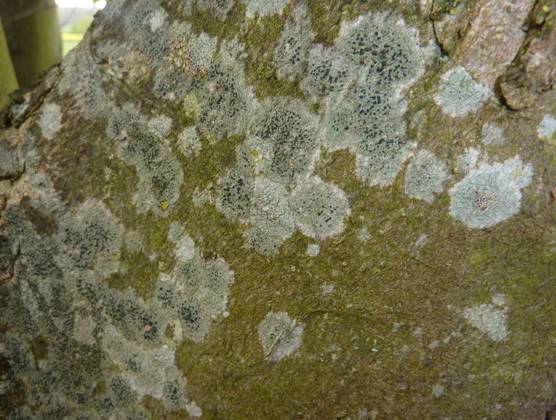 On a tree
On a tree
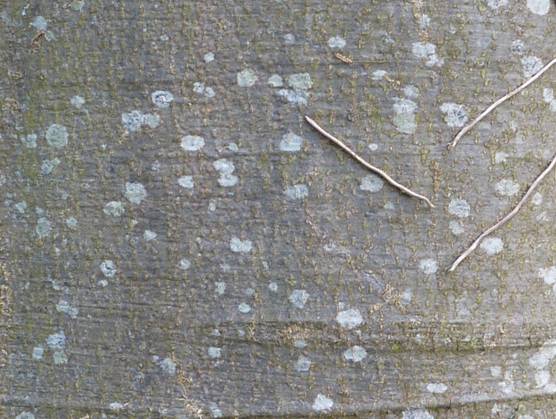 On a tree
On a tree
 On a tree
On a tree
 On a tree
On a tree
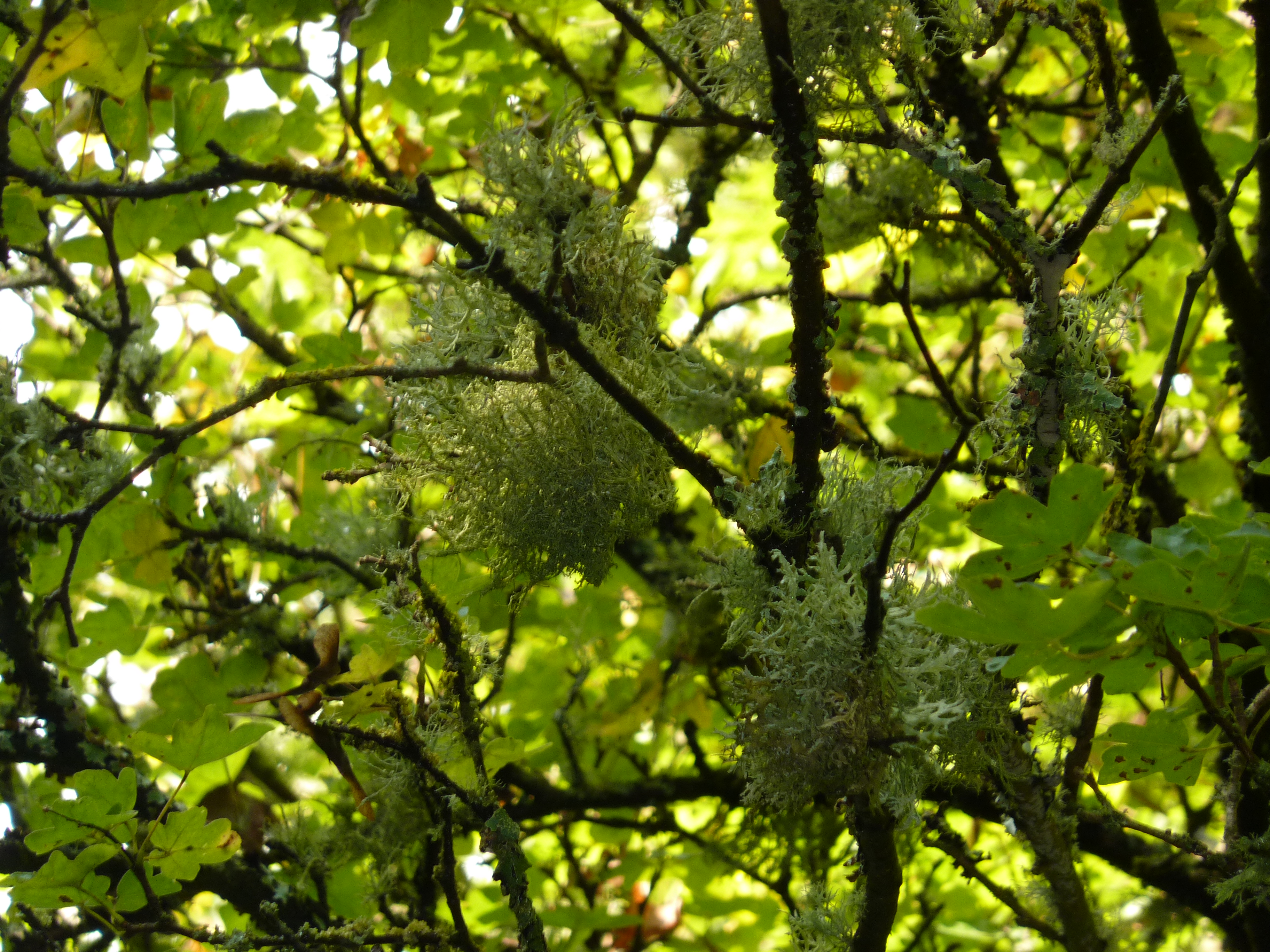 On branches
On branches
 On a pavement
On a pavement
 On a wall
On a wall
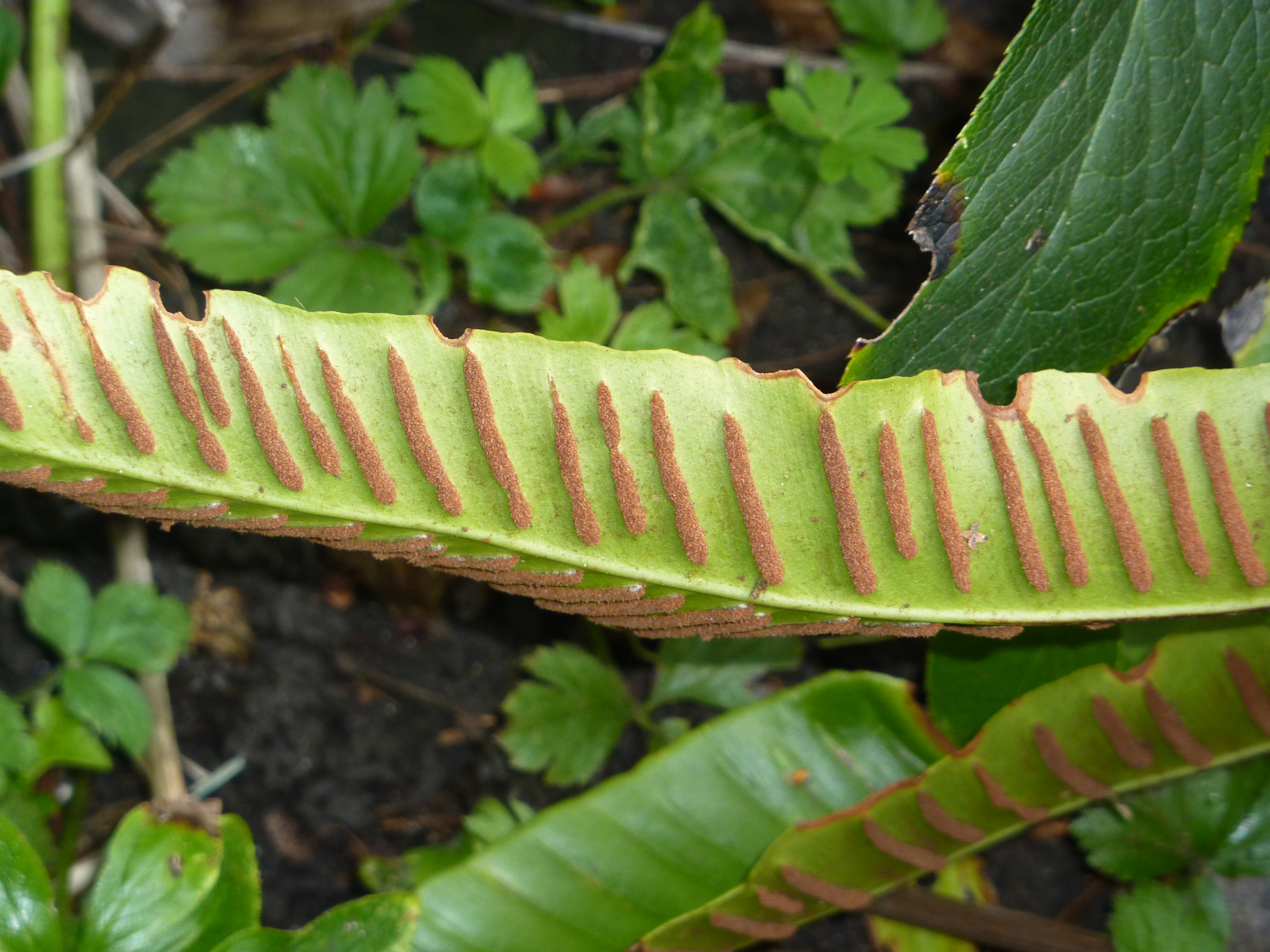 Spores are released from the undersides of ferns
Spores are released from the undersides of ferns


 THE SALTY SAM NEWS DESK
THE SALTY SAM NEWS DESK

Lichens aren’t the kind of thing that most people purposefully grow in their gardens. They just grow themselves!
Emily is trying to grow a little collection of plants in her bedroom and Auntie Alice gave her a coleus this week that she had grown from a cutting.
Emily was thrilled because she just loved the colour of the leaves.

Auntie Alice told Emily to keep her new plant on the window sill in her bedroom window.
Emily has a north facing window in her bedroom so there is plenty of light but not too much strong sunlight, which will suit the plant perfectly.
She also told Emily that the plant will need lots of moisture in the summer, so she should not forget to water it every week; but it will not need so much water when the winter comes.
The plant will also love to have some liquid fertilizer in the spring and summer.
The colours on the leaves will fade if the plant is in too much strong sunshine, or if the plant is in a place that is too dark or cold.
Some growers pinch out the flowers and tips to keep the plant nice and bushy.
Coleus can be planted outside in the summer. But only as houseplants are they likely to make it through a British winter.

*********************
TO ADVERTISE ON THIS BLOG
PLEASE CONTACT:
christina.sinclair.ads@aol.co.uk
*********************


Hobby Time
Lots of children like gardening.
When you are learning how to garden there are lots of words and terms you need to learn too.
This information will help…
John lnnes Composts – these are composts that you buy to put plants or seeds in.
No.1 – ls usually used to sow seeds or root cuttings in.
No.2 – Has more food for plants, so it is used for bulbs, growing flowers, ferns and grasses.
No.3 – This has the most nutrients to feed your plants. lt is used to plant big plants in like trees and shrubs. lf you have a pot of bamboo that needs to be contained because otherwise it will take over the whole garden you can use it in this pot too because the bamboo will be in there for a long time.
There are other composts too.
They are specialist composts that some types of plants will need.
Cactus compost is very gritty and free-draining like the ground in the desert. lt does not have a lot of food.
Orchid compost also is not rich in nutrients.
Ericaceous compost is lime free and must be used for plants like: rhododendrons, azaleas, camellias, pieris, many heathers and blueberries.
These plants will not grow in chalky soils. They will starve and go yellow.
There are also additives that can improve the drainage of compost…
Horticultural grit or sand may be limy so check on the bag.
Perlite is a white volcanic glass and is quite lightweight.
Vermiculite is a light-coloured mineral.
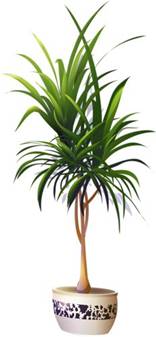



lt’s the Weekend!

HOW TO MAKE A SOUVENlR JAR
If you have picked up some pretty little shells on holiday here is a neat way to keep them all together.
Get a glass jar and crochet some chain stitches into two or three strands of yarn depending on the size of your jar. You can use two colours of yarn at the same time as you work with your hook if you like.
Leave a length of yarn at the top of the chain and stick this onto the lid.
Put your shells at the bottom of the jar and when you put the lid on the strands of seaweed will hang down to the seabed of shells.

You could make a souvenir jar to put other things in as well like: tickets, little ornaments and pictures.

Please note that the material on this blog is for personal use and for use in classrooms only.
It is a copyright infringement and, therefore, illegal under international law to sell items made with these patterns.
Use of the toys and projects is at your own risk.
©Christina Sinclair Designs 2015




It’s hard to find knowledgeable people in this particular topic, but you sound like you know what you’re talking about! Thanks
l am glad you like my blog so much!